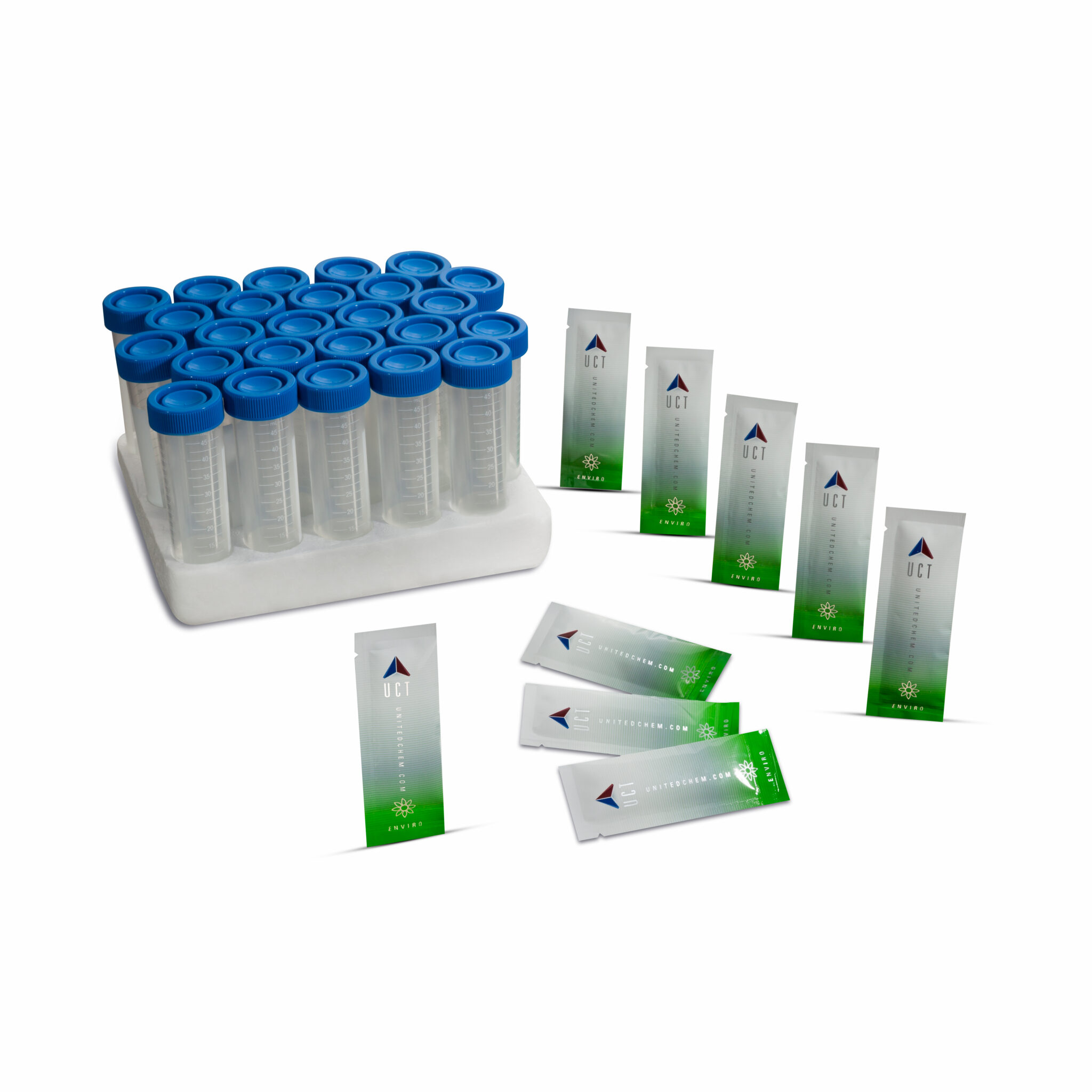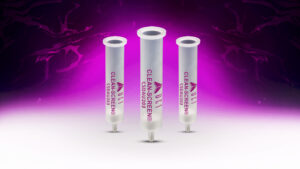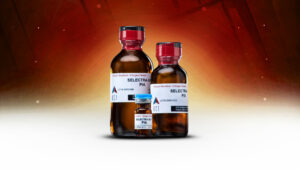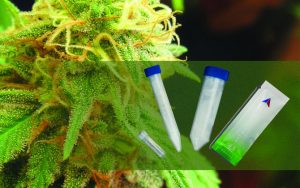Biochemical Chemical Compounds and Stress Markers in Lettuce upon Exposure to Pathogenic Botrytis cinerea and Fungicides Inhibiting Oxidative Phosphorylation
Chemical protection of plants is necessary to maximize crop yields. Consequently, using pesticides can disrupt the concentrations of biochemical compounds in plants and reduce the availability of essential plant nutrients available to the human diet.
Researchers at the Institute of Plant Protection – National Research Institute in Poland have recently published a paper showing how a combination of stress factors including Botrytis cinerea (gray mold) infection and treatment with fungicides Fluazinam and Azoxystrobin affected lettuce biochemistry and stress status. The data showed reduced levels of chlorophylls (53.5%) and carotenoids (75.4%) and increased levels of phenolic compounds (81%), ascorbate concentrations (32.4%), and catalase activity (116%).
UCT’s CEN EN 15662 QuEChERS salts (ECQUEU750CT-MP) extracted the fungicides from the lettuce tissue. Extract clean-up utilized UCT’s 2mL centrifuge tubes containing 150mg magnesium sulfate anhydrous, 25mg primary secondary amine, and 2.5mg of graphitized carbon black (ECQUEU32CT).
Iwaniuk, P., Lozowicka, B. Biochemical compounds and stress markers in lettuce upon exposure to pathogenic Botrytis cinerea and fungicides inhibiting oxidative phosphorylation. Planta 255, 61 (2022).







